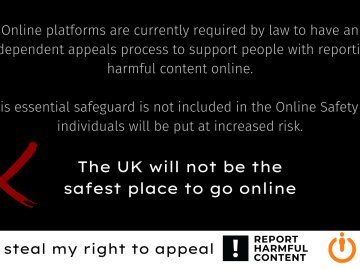We all have a work/ life balance to some degree but the scales can tip throughout various stages of our lives depending on our work situation. The balance model encourages spending as much time on our private matters as we do in work, but as many of us know, this isn’t always the case. For some, the life focus starts when we finish our established working time at the end of the day, for others, it can only start when we feel we have done enough to meet expectations, often going beyond working hours. This is where boundaries can get blurred and where unhealthy work patterns can start to emerge; ultimately affecting wellbeing and increasing risk of burnout. As employers, it is essential to encourage a positive work/ life balance in order to actively address wellbeing.
Set positive expectations
People want to do well in their job which is why many members of staff will go above and beyond to do more than they are expected. This often involves putting in extra hours, grinding, taking on more tasks or putting aside personal matters to focus solely on work. Sometimes as employers, you may not expect people to work late but that doesn’t mean people won’t do it anyway. If this kind of working behaviour continues then it ultimately becomes the norm and other members of staff will follow by example. It is important to set clear boundaries from day 1 so patterns such as these don’t emerge.
Establish that working hours are between set times and anything beyond that is not expected or even advised. Encourage members of staff to switch off devices after work hours and only attend to emails and work related matters in established times. If someone is concerned about not completing tasks on time, then work with them to see how you could help manage their workload better without them needing to put in more time than they should.
Communication is key
If members of staff are still working from home, then it can be difficult to ensure they are not working more than they should. Check in with employees to see how they are handling their work/ life balance. Create safe discussions where they won’t feel judged if they are working too much and don’t have enough time for anything else. It’s important to also consider that if people are struggling with workload then workload may need to change! Lead by example and set a positive expectation for your workforce.
A better environment
Encouraging positive balances between work and personal lives can create an overall work environment that respects individuals on a wide scale and professionally acknowledges that work is not the only priority in life. Positivity such as this can lead towards more productivity in the workplace in the long run with employees feeling their wellbeing is actively considered and addressed at all times.
If the balance is off, then this can lead to potentially damaging factors such as burnout or high staff turnover. Set clear boundaries and ensure staff can work comfortably within them without feeling they need to go outside of what is expected of them.






